There are many types of 3D printers available today made by providers all over the world, from small hobby and classroom devices to large production-grade machines.
Sidebar
Knowledge base
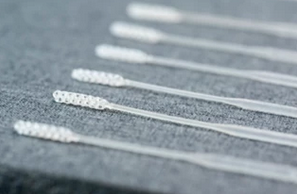
How medical applications are leveraging 3D printing... and Albert
Across the medical device sector there are many innovative applications of 3D printing that are benefitting manufacturers, healthcare professionals and patients. From rapid medical device validation to printing, we’ve collected some case studies of how additive manufacturing has enabled medical device developments while improving production times and reducing costs. The first example leverages the use of a state-of-the-art digital tool for materials development called Albert, who happens to share the same name as a well-known physicist!

DMLS versus rapid casting: Where does the journey begin and where is it going?
GRATZ Engineering GmbH is just one of many examples that has firmly integrated 3D printing in various forms into its business model. Not using the technology today is no longer an option for the engineering expert. That's because the advantages in terms of delivery times, cost-effectiveness and increased performance through geometric freedom are simply too significant. "The good thing is that as a medium-sized company, you don't have to rely on investing in your own printing system right away.
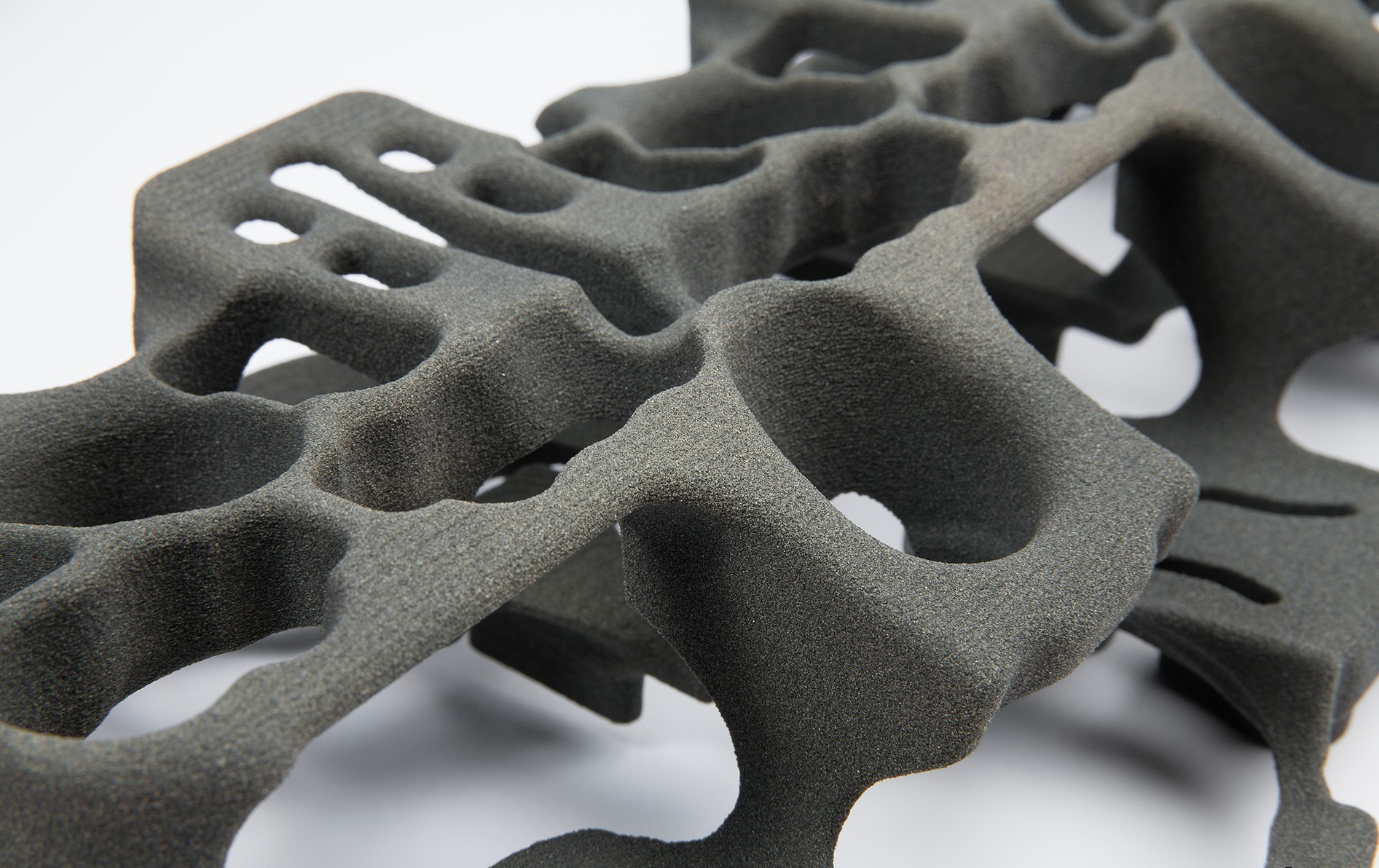
Rapid casting as a low-cost alternative to metal printing: How it works!
One layer ahead with Binder Jetting 3D printing: automotive supplier GRATZ Engineering GmbH shows how it's done
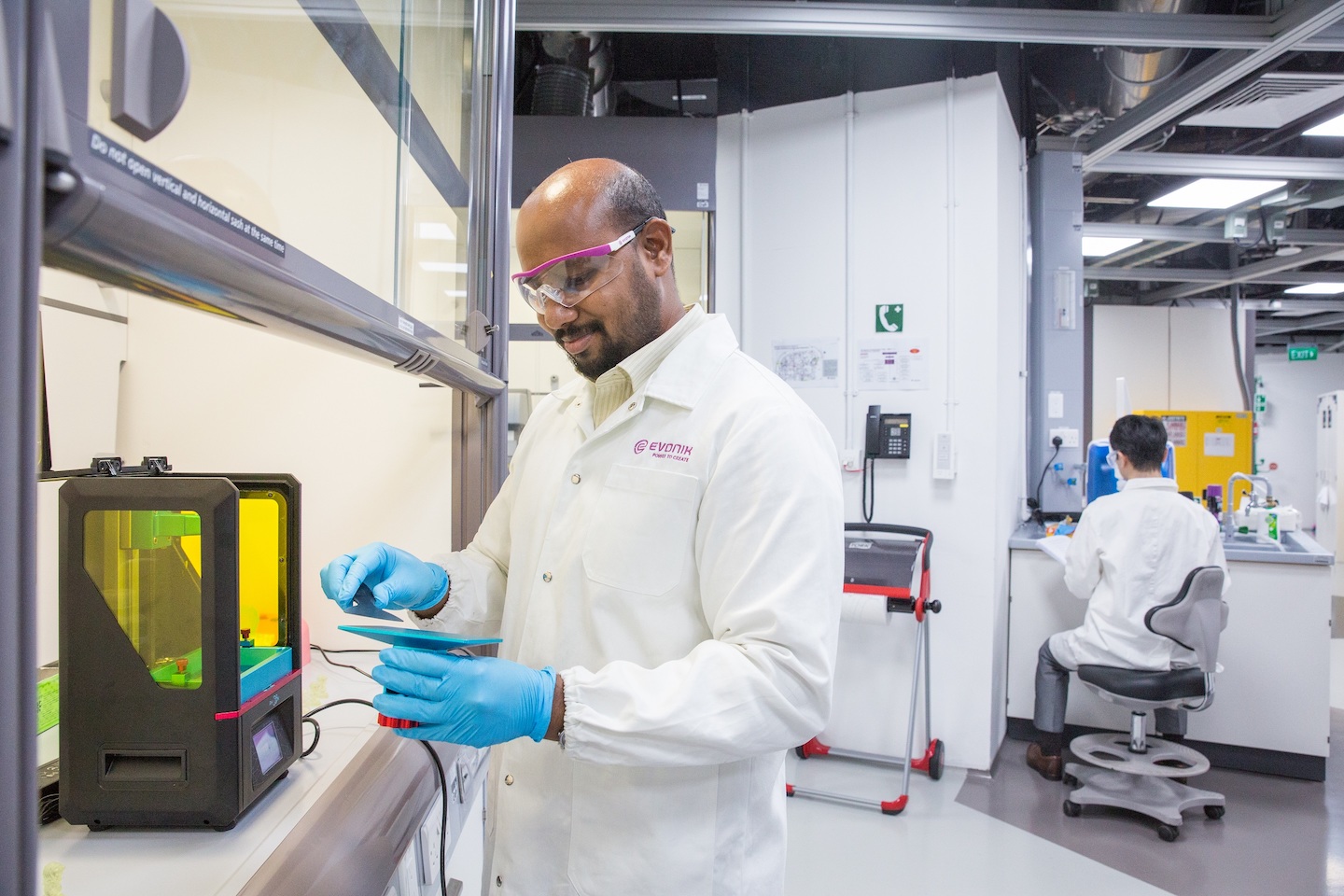
MASSPRODUCED SUCCESS
3D printing is evolving from a niche process to high-volume manufacturing technology. Evonik supplies customized materials for all major technologies and is driving forward the development of next-generation printers.
Executive Summary: How Software-as-a-Service supports SMEs in digitisation
In addition to a well-thought-out digitisation strategy, the right IT infrastructure is of paramount importance. More and more companies are therefore turning to software-as-a-service in the cloud. Instead of purchasing software solutions in a complete package with fixed licences, customised packages via the cloud offer multiple advantages: flexible, scalable and with external IT specialists available at all times in the background.
Efficient Product Design is Not an Alien Concept - 3 Reasons to 3D Print Prototypes
By Jordi Drieman, 3D application specialist, Mimaki
Developing a product or part can be a long process for even the most experienced or creative design team. Unless they can 3D print their prototypes.
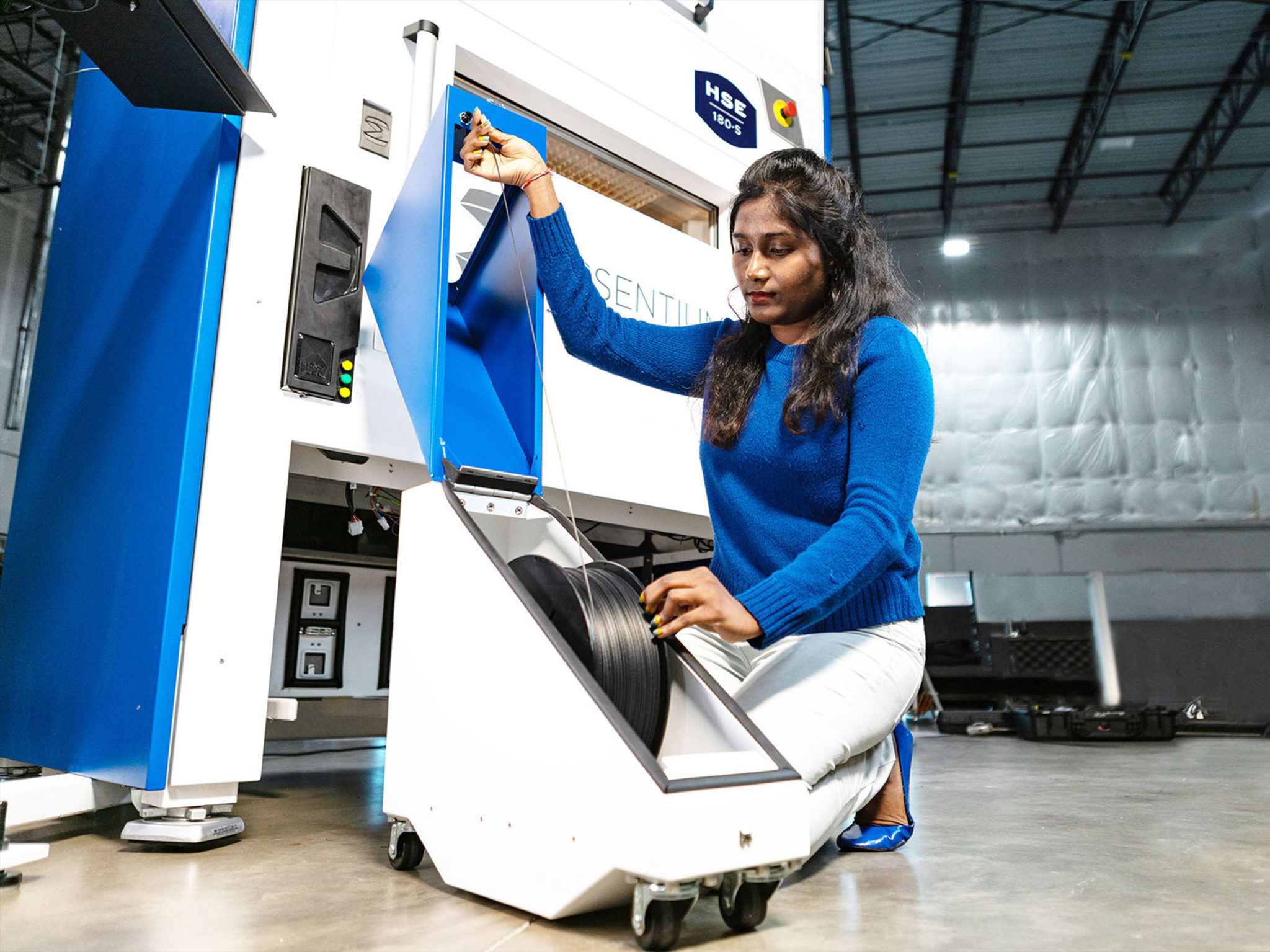
Open Ecosystem: One of the Last Hurdles to 3D Printing at Scale
One by one, advancements in technology are stripping away barriers to the widespread adoption of additive manufacturing technology at scale. Today’s 3D printers are faster, more reliable, offer larger build areas, support a wider range of materials and are getting more affordable. As such, the number of manufacturers using 3D printers for limited or full-scale production part runs (as well as the number of 3D printer manufacturers) is growing exponentially every year. Multiple surveys document the enthusiasm decision makers have for additive manufacturing at scale, but an obstacle still holds back many companies from committing: fear of vendor lock-in.
Essentium Research Shows Additive Manufacturing is Ready for Prime Time
– Full-scale production runs shift from tens to hundreds of thousands
– Additive manufacturing proven for supply chain resilience during the pandemic
– New materials expectations alongside growing applications
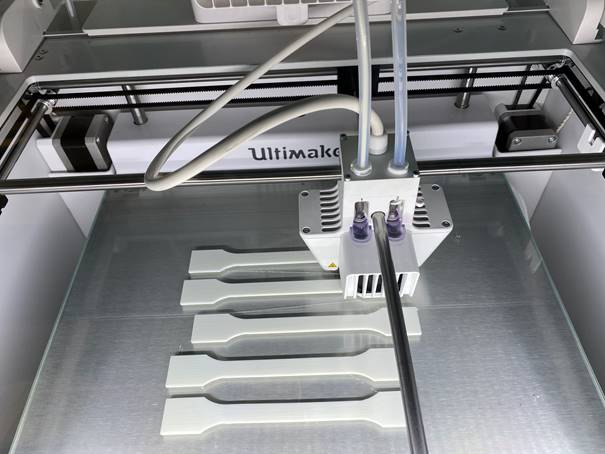
Certified reproducible 3D printing - certification of filament and printing process by TÜV SÜD
TÜV SÜD, commissioned by the LEHVOSS Group and Ultimaker, has certified the 3D printing process in the combination of LUVOCOM® 3F filament and Ultimaker printer. This includes the material properties, the test specimen production - including the dimensional tolerances, the production of the filament and the printing process. Furthermore, emissions during the printing process were measured.
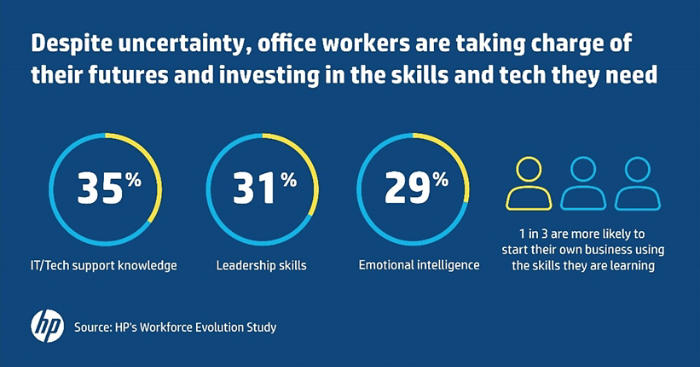
HP Study Unveils the Rise of the ‘Empowered Employee’
As the pandemic accelerates workforce innovation, employees are prioritizing the pursuit of personal passions, reskilling and retraining themselves for the future of work

 Deutsch (Germany)
Deutsch (Germany)  Polski (PL)
Polski (PL) 









